University IoT Device Coexistence and Signal Quality Testing Report
VerifiedAdded on 2022/11/07
|5
|872
|206
Report
AI Summary
This report focuses on the critical aspects of IoT device coexistence and signal quality, particularly in the context of low-power wide-area networks (LPWAN) like LoRaWAN. The report begins by emphasizing the importance of coexistence for reliable communication in crowded wireless environments, highlighting the challenges and the need for thorough testing. It then outlines a project involving field testing of LoRaWAN devices, detailing the different deployment situations for devices such as battery-operated temperature sensors. The testing plan includes gathering signal quality data (RSSI and SNR) under varying conditions, such as different distances from the gateway and inside/outside metal containers. The goal is to analyze the data and report on how deployment conditions affect signal quality, providing insights into optimizing IoT device performance. The report also references various research papers related to IoT, covering topics such as interoperability, security, and quality of service, providing a comprehensive overview of the subject.
1 out of 5
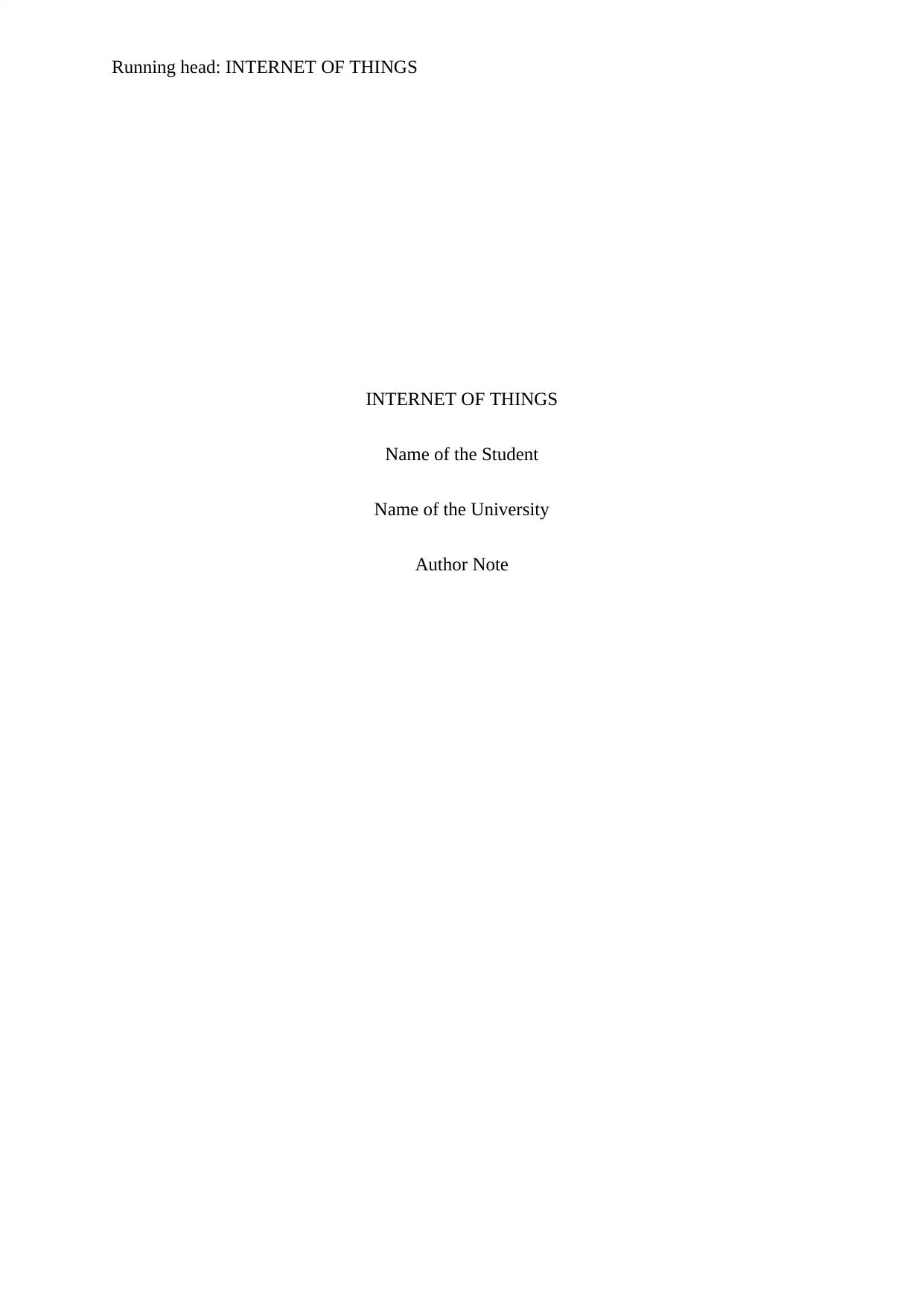
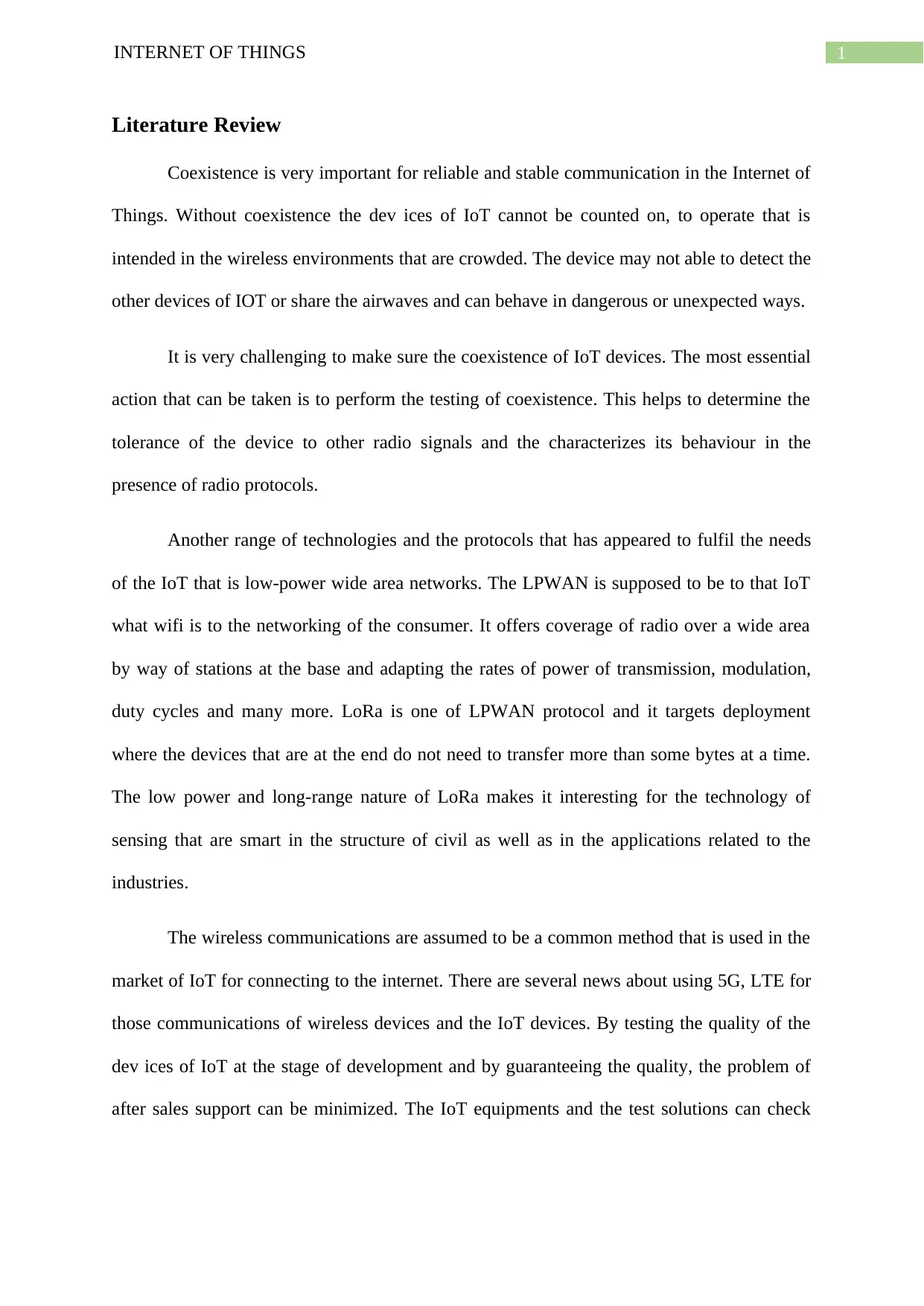
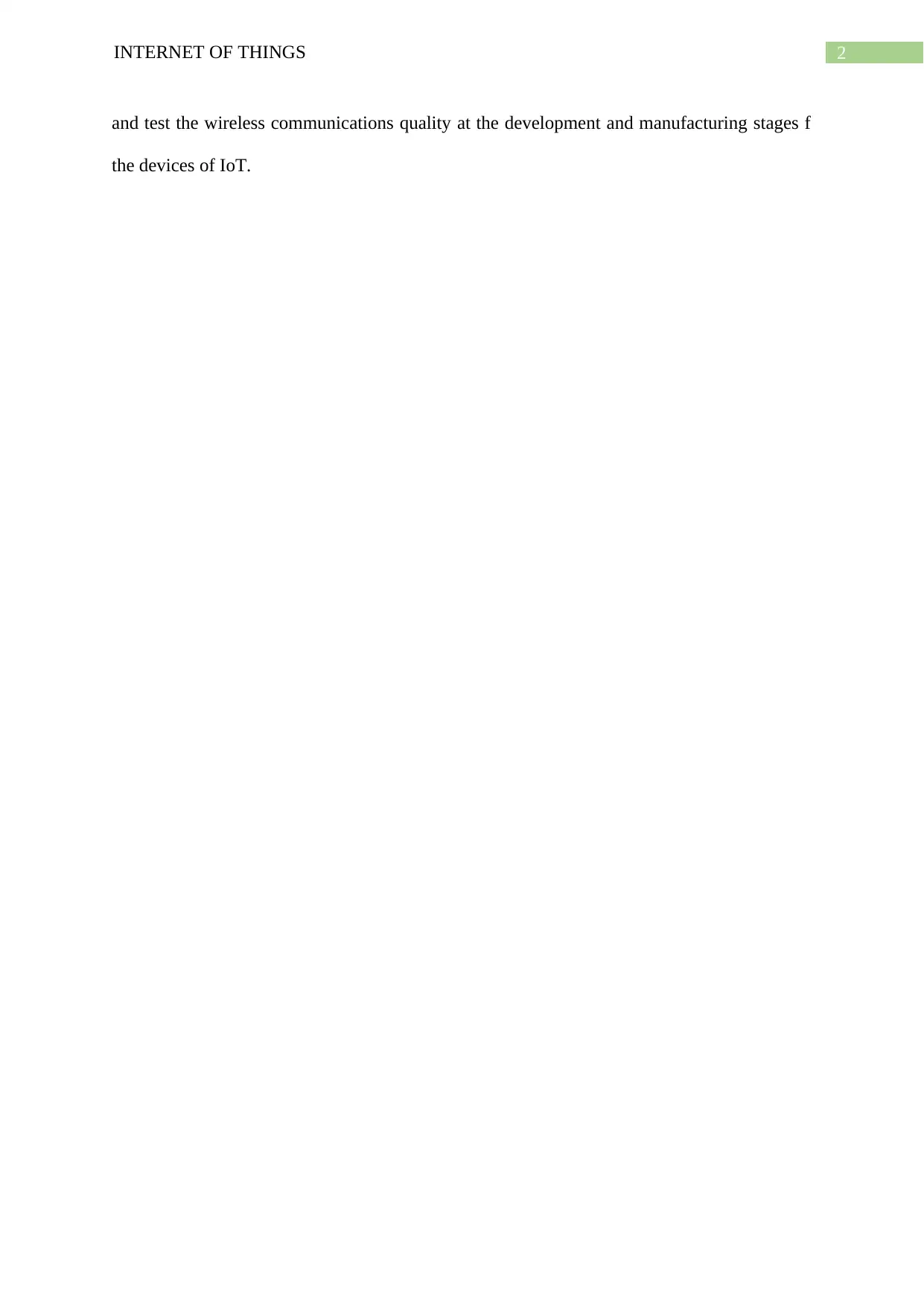

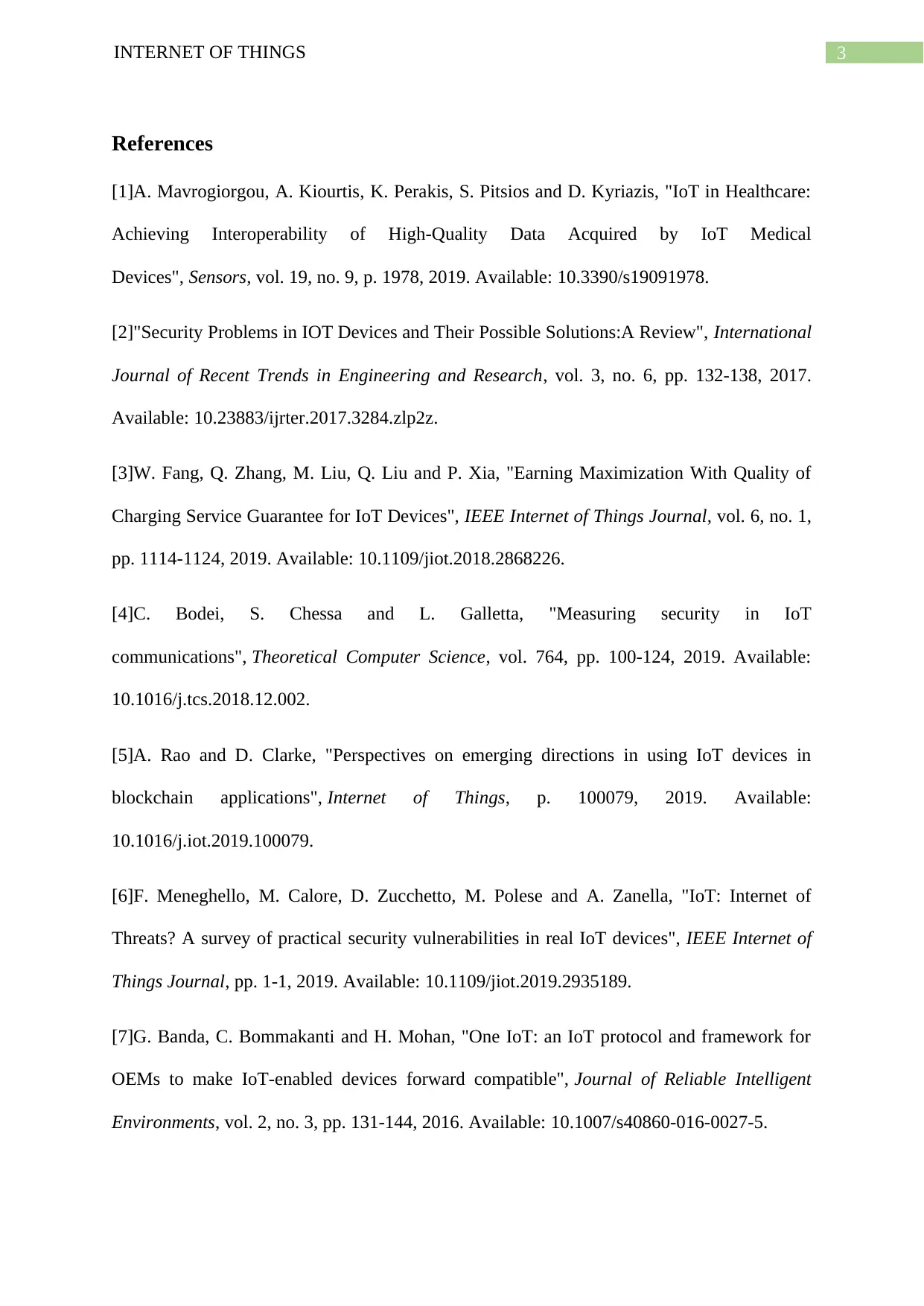
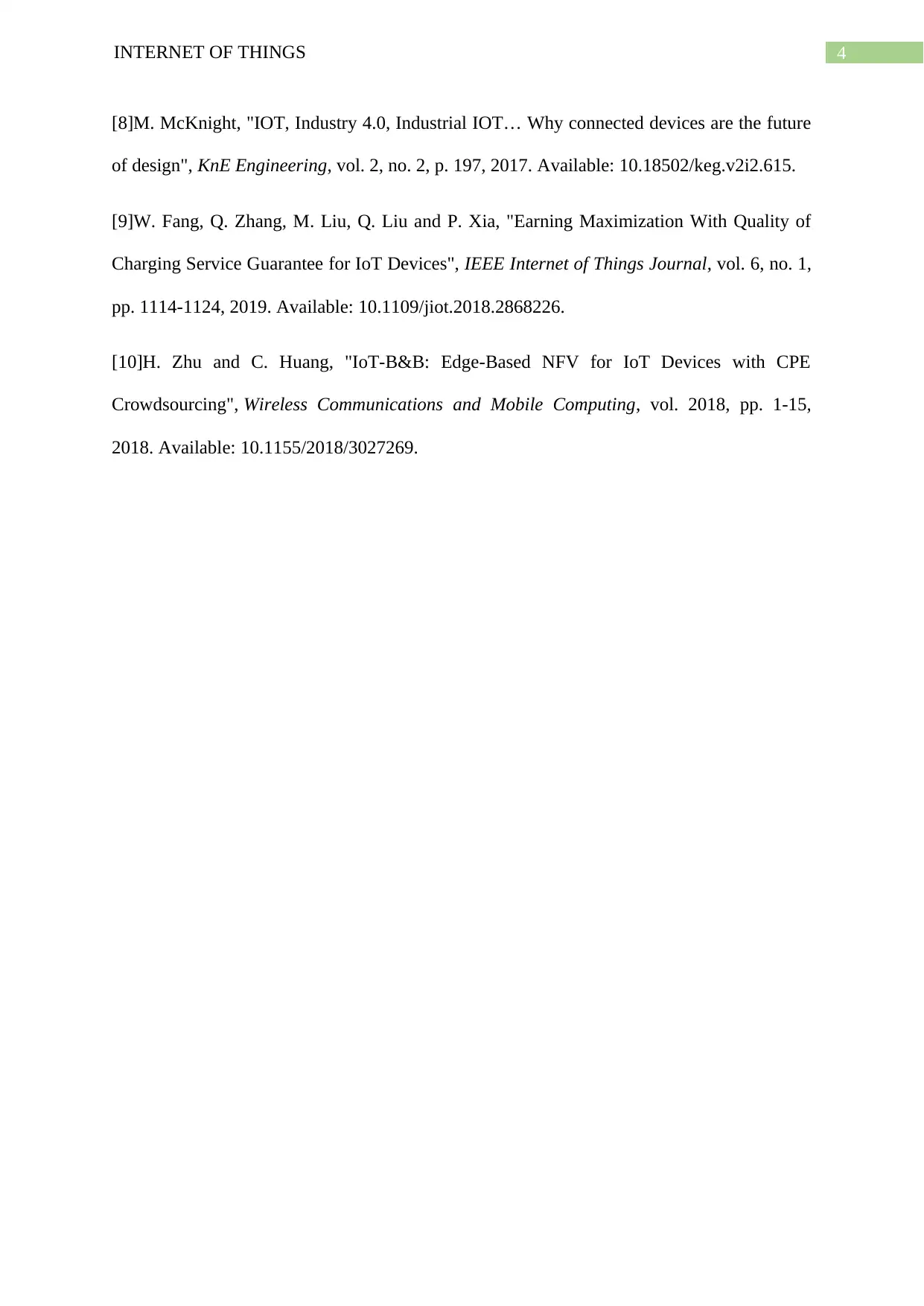




![[object Object]](/_next/static/media/star-bottom.7253800d.svg)